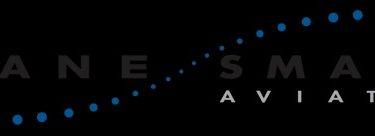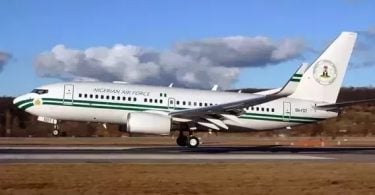Data Comm, the NextGen technology that enhances safety and reduces delays by dramatically improving the way air traffic controllers and pilots talk to each other, is up and running at five airports in the New York metropolitan area: JFK, LaGuardia, Newark, Teterboro and Westchester. These airports were among the first to receive the critical system upgrade.
Nova tehnologija dopunjuje radio govornu komunikaciju, omogućavajući kontrolorima i pilotima da prenesu važne informacije kao što su dozvole, revidirani planovi leta i savjeti pritiskom na dugme.
“Data Comm is helping to keep flights departing on time throughout the New York area,” said FAA Deputy Assistant Administrator for NextGen Pamela Whitley. “This significantly improves flight operations throughout the nation’s airspace, since one-third of all flights in this country each day fly to, from or through New York airspace.”
Members of the media today toured the air traffic control tower at JFK and a jetBlue aircraft for a working demonstration of Data Comm from the perspective of controllers and pilots. Officials from the FAA, jetBlue, the National Air Traffic Controllers Association and the Professional Aviation Safety Specialists were on hand.
The improved efficiency provided by Data Comm saves an average of 13 minutes per flight in New York during times of heavy traffic congestion, typically caused by bad weather. More than 7,500 flights receive the benefits of Data Comm each month at the New York area airports – a number that continues to grow. Data Comm last year improved the flying experience for 10.6 million passengers on 70,000 flights departing from New York.
The technology is being used by eight other U.S. operators in New York – American, Alaska, Delta, Fed Ex, Southwest, United, UPS and Virgin America – and 22 international airlines. Data Comm is installed in 31 different types of aircraft.
Voice communications can be time consuming and labor intensive. For example, when planes are awaiting takeoff, controllers must use a two-way radio to issue new routes to pilots to help them avoid bad weather. This process can take 30 minutes or more, depending on how many aircraft are in line for departure. It also introduces the potential for miscommunication known as “readback/hearback” error.
By contrast, flight crews on planes using Data Comm receive revised flight plans from the controllers via digital messages. The crews review the new clearances and accept the updated instructions with the push of a button. Planes keep their spots in the takeoff line – or may even be taken out of line and sent ahead – enabling them to depart on time.
Data Comm is now operational at 55 air traffic control towers nationwide, following a rollout that was under budget and more than two and a half years ahead of schedule. The budget savings will enable the FAA to deploy Data Comm at seven airports in addition to the 55 listed below.
Albuquerque
Atlanta
Austin
Baltimore-Vašington
Boston
Burbank
pita od jabuka
Chicago O'Hare
Chicago Midway
Klivlend
Dallas-Ft. Vrijedi
Dallas Love
Denver
Detroit
Fort Lauderdale
Houston Bush
Houston hobi
Indianapolis
Kansas City
Las Vegas
los angeles
Louisville
memphis
Majami
Minneapolis-St. Paul
Milwaukee
Nashville
Newark
New Orleans
New York John F Kennedy
New York LaGuardia
Oakland
Ontario
Orlando
Filadelfija
Feniks
Pittsburgh
Portland
Raleigh-Durham
Sacramento
San Huan
St. Louis
Salt Lake City
San Antonio
San Dijego
San Francisco
San Jose
Santa Ana
Sijetl
Tampa
Teterboro
Washington Dulles
Washington Reagan
Westchester County
Windsor Locks (Bradley)






















